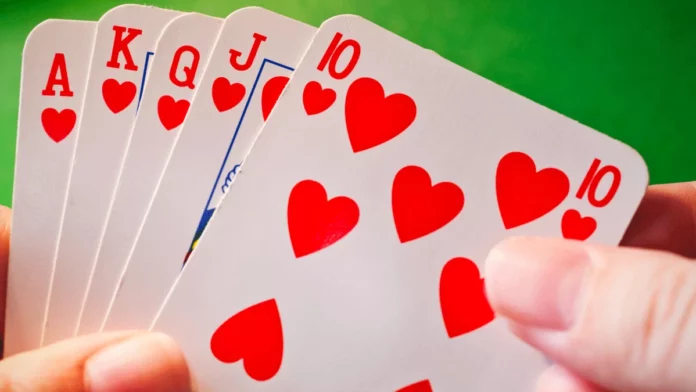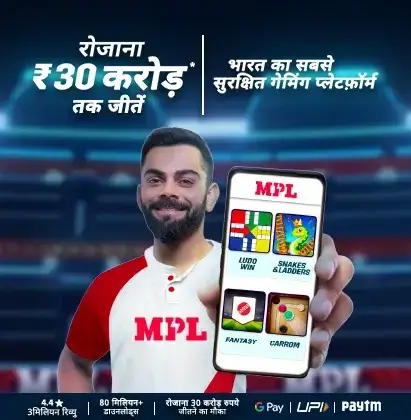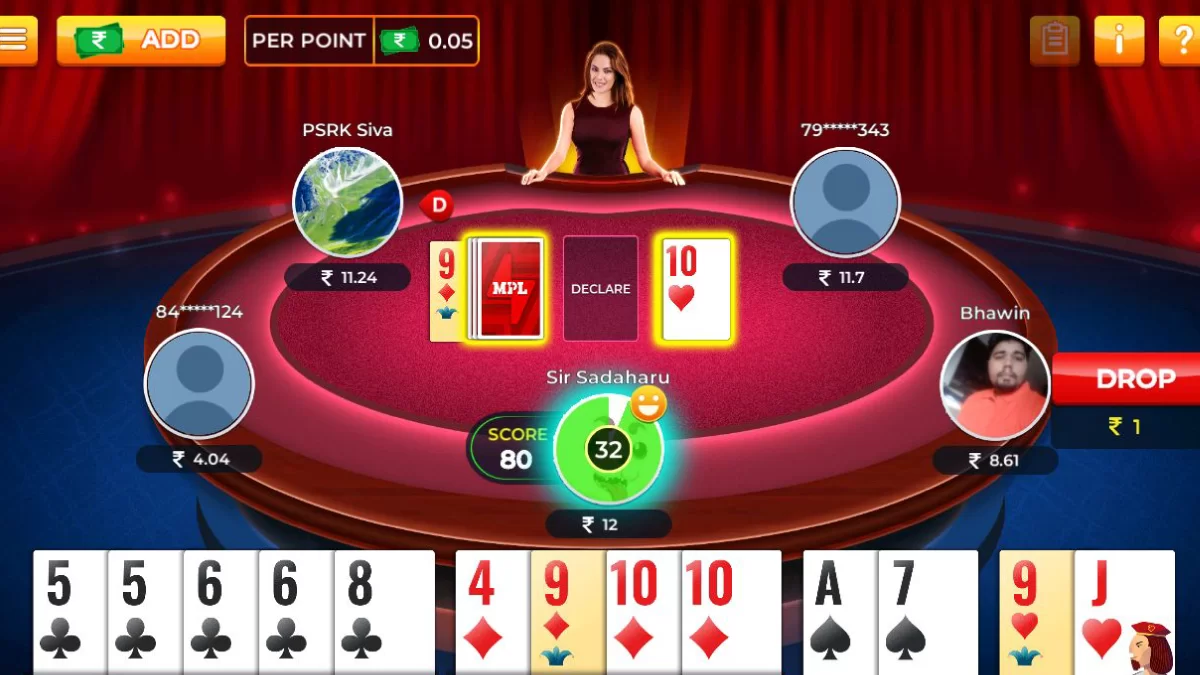Canasta is a popular name when it comes to playing card games. It is a game belonging to the rummy family, and it was the most popular game in America during the 1950s. It is a four-player game.
Learn the history, the objective, the gameplay, and how to play Canasta in this blog. What’s more, you can also play this game with several players. Let’s begin!
History of Canasta
Segundo Santos and Alberto Serrato invented Canasta. They wanted to create a quicker game than Bridge. Santos and Serrato used baskets to throw their cards in baskets called “canasta” in Spanish, and that’s where the name comes from. The game became instantly successful and received worldwide recognition during the 1950s. Canasta quickly overtook Bridge and sold specialty decks, and numerous books were written.
Objective of Canasta
The primary objective of Canasta is to form melds. What are melds? It is a combination of three or more cards of the same rank. This needs to happen with or without wild cards. Sequences cannot become melds.
Canasta Gameplay
The first dealer sits to the left of the player. After that, the players play in a clockwise direction, starting from the left. Each turn has a draw and then a discard. A meld is an optional move after drawing.
A player is allowed to draw the top card of the stock in their turn. If the player wants, they might also take the top card of the discard pile and use it in a meld. Then they have to take the rest of the discard pile.
The player has to take one card from the hand and never the meld. Afterward, the discarded cards are placed in one pile beside the stock. Turn the top card and place it facing upwards. This is called the “upcard.”
What do you need to play Canasta?
To play this card game, you need the following:
- Players: The obvious requirement. Generally played with four, you can play Canasta with five people in a manner of two against three in rotation, or between six people, three against three in rotation.
- Two decks: Two standard decks of 52 cards are used, including the jokers in each deck. Players need a total of 108 cards to play Canasta.
- Paper and pencil: For calculating the score. Natural Canasta and mixed Canasta have different scoring points.
How to play Canasta?
The fundamental objective of the game is to beat the opposite team by scoring more points. How do you do that? Your score more points by melding cards and taking as many canastas as you can. Follow these steps to learn how to play the game.
- Pick the teams, and partners sit opposite each other.
- Draw cards to see who plays first and who the dealer is.
- Then deal out 11 cards to each player in the clockwise rotation.
- Build the discard pile
- Players begin melding cards, and teams have to build as many canastas as possible.
- Whichever team scores the most wins.
Terms used in Canasta
Wild Cards
In this game, Jokers and deuces are wild cards. When the player melds a natural card with a joker, it becomes a card of that same rank.
The Draw
In drawing, the cards rank in the following order: A (aces), K, Q, J, 10, 9, 8, 7, 6, 5, 4, 3, 2. Jokers are void. For the draw, suits rank in the following order: Spades (high), hearts, diamonds, clubs. Players who are drawing equal cards or jokers will have to draw again. A player who draws equal cards or jokers has to draw again. Partners sit opposite each other.
The Deal
The dealer shuffles 11 cards face down to each player, in the clockwise direction, beginning with the opponent sitting on the left. The remainder of the pack that is not dealt is placed face done in the center of the table, which becomes the stock, and the top card is face up. If the upcard is a joker, deuce, or three, one or more additional cards, turn in additional cards until a four or a higher card appears.
Melds
The initial meld requirement is three or more cards of the same rank, irrespective of suit. If the meld contains two natural cards from the same rank from aces to fours and up to three wild cards, then it is valid. Jokers and deuces cannot be melded apart from natural cards. A set of four black three can be melded only when a player decides to go out.
- A meld has to be laid on the table face up during a person’s turn to play. The rest of the cards are counted as minus even though they form melds.
- A player may meld as many cards as they want (of one or different ranks) by forming new melds or adding new cards to previous melds. A partnership may meld in a rank that the opponents already meld, but it is not necessary to make two different melds of the same rank.
- A player might have to add additional cards to a meld under the condition that the melds remain valid. They cannot add cards to the opponent’s melds.
Canastas
A Canasta is basically a meld that comprises at least seven cards that include at least four natural cards. Along with the point value of the cards, a canasta can earn a bonus of 500 for a natural or pure canasta (one that has no wild card), and 300 for a mixed canasta (a combination that has one to three wild cards)
A canasta is squared with a red card on top to indicate a natural one and a black card to show that it is a mixed canasta. If you add a wild card to a natural canasta, it becomes mixed, and the points reduce. A black card replaces the red card that was previously on top.
A player might make two or more different melds to meet the minimum requirement. If a player takes the discard pile, the top card but no other may count toward the requirement. Red threes and canastas never count towards the minimum.
After one side made the initial meld, either partner makes any valid meld without reference to any minimum count.
Freezing a Discard Pile
When a red three is turned as an upcard or if a wild card or a black three is turned an upcard or discarded, the discard pile is frozen. The lowermost freezing card of the pile is turned sidewise to indicate the freeze.
The discard pile is frozen against a side before that side has made its initial meld. The initial meld unfreezes for both partners.
Taking an Unfrozen Discard Pile
If the discard pile is not frozen yet, it becomes the player’s turn, they can take the discard pile in the following ways:
- Create a meld by combining two or more natural cards and the top card of the discard pile.
- Meld the top card with one held, matching, natural card, and one wild card from their hand.
- Add the card acquired card to a meld the player or the teammate has already played on the table.
After the player uses the new meld, the player adds the rest of the discard pile to their hand, and can also play additional melds while the player’s turn remains.
Taking the Discard Pile
When the discard pile is not frozen, a player can take it:
- With a natural pair matching the top card
- Meld the top card with one matching natural card and one wild card from his hand
- Add the top card to a meld they already have on the table.
The player takes the rest of the pile into their hand and can meld additional cards if they want to. The discard pile may never be taken when the top card is a wild card, a black three, or a red three.
Information
A player may:
- Before discarding the pile away, examine it in the first turn.
- Correct the minimum count needed if the teammate is making an initial meld.
- Declare red threes or draw replacements
Turn the sixth card of a meld crosswise to show that only one more card is needed to complete a canasta. A player can know that:
- the number of cards by any player
- the minimum count requirement or score
- the number of cards in the stock
Going Out
A player goes out when they get rid of the last card in their hand. They can either discard or meld it, provided their side has at least one Canasta meld, or they complete a canasta while going out. If this does not meet the requirement, the players have to keep at least one card in their hands. When a player goes out, it ends the hand and the results on both sides are scored.
A player need not discard in going out; they may meld all of their remaining cards.
A player with only one card left in their hand may not take the discard pile if there is only one card in it.
Concealed Hand
When the player melds their entire hand in one turn, including at least one Canasta, without making an earlier meld and without adding any cards to melds, it is a concealed hand. If your teammate has not made an initial meld, the player needs to meet the minimum count without a canasta bonus if they have taken from the discard pile but do not need that if they take it from the stockpile.
Exhausting the Stock
The player must reveal the last card of the stock if it is a red three. There is no need to meld or discard, the game just ends.
Until the last card of the stock is not a red three, the game continues as long as each player takes the discard. They have to do this until it matches a meld on their side and the pack is not frozen. To form a new meld, the player need not take from the discard pile. The game officially ends when they cannot take the discard pile or refuses to take it.
How to Score Points
The base score determines applying all applicable items in the following schedule:
- For each natural canasta 500
- For each mixed Canasta, 300
- For each red three, 100
- (All four red threes count 800)
- For going out 100
- For going out concealed (extra) 100
The final score is the total of its base and point scores.
The players have to write the score on a sheet of paper with two columns- for each team. Each entry needs to show the scores of the previous deal and the total.
The team that reaches 5,000 points wins a game. There is no final bonus value for winning the game.
Variations of the Canasta Game
- Two-Player Canasta
The players initially deal with 15 cards in Two-Player Canasta. When players draw from the stock, they have to draw two cards instead of the normal one. Also, a player has to complete two canastas to go out and end the round. All the rules remain the same. The team that wins 5000 points wins the game.
- Samba
Similar to the Classic Canasta, except this game has more point value. There are 3 decks, instead of 2. There are 162 cards in total. Players play for 10000 points. Make melds by cards of a kind as well as sequence. Six red threes have 1000 points. Melds are allowed to have only two wildcards. Teams with 7000 points or more the first meld have 150 points.
- Six Player Canasta
You can play with 6 players in 2 ways- either play the game with three players on each team or form three teams with two players each.
- Three Player Canasta
When playing with 3 players, the canasta rules change a little bit. The number of decks used may also vary.
In Conclusion
Canasta is an exciting card game, which somewhat draws its inspiration from Rummy. Now that you know how to play Canasta, you can gather your friends around, bring two decks of cards and start playing!










